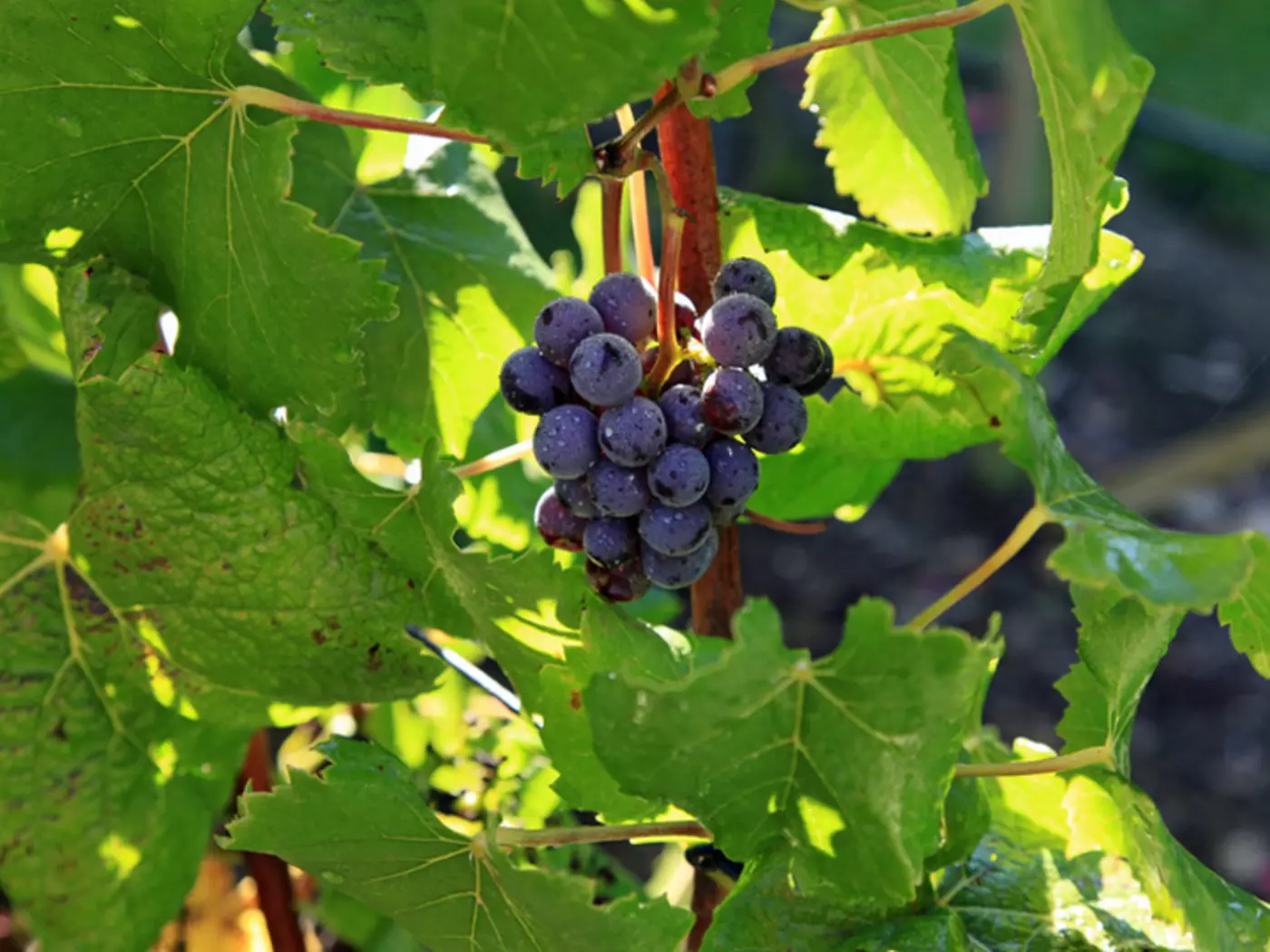From Patagonia to the Atacama Desert, a trip to Chile is the ultimate experience.
Chile is a country of startling contrasts and extreme beauty, with attractions ranging from the towering volcanic peaks of the Andes to the ancient forests of the Lake District. It stretches over 4,300 km from the world's driest desert, the Atacama, in the north, to the icy fjords of Patagonia in the south. In the north, the arid Atacama Desert offers visitors the chance to travel through moon-like landscapes, soak in hot springs, and gaze at the stars through clear skies. The middle of the country is the cultural heartland, home to the capital, Santiago, a bustling city nestled in a valley surrounded by vineyards producing exquisite wines. And snow-capped mountains that beckon outdoor sports enthusiasts all year round.
Head further south, and you'll encounter the Lake District, a region of temperate rainforests, deep blue lakes, and dormant volcanoes. The scenic beauty continues in Patagonia. It's a hiker's paradise with incredible national parks like Torres del Paine and the marine-rich waters of the Strait of Magellan, where you can spot whales and dolphins.
Chile's long coastline is dotted with numerous beach towns, offering everything from serene sands to surf havens. Meanwhile, Rapa Nui (often known as Easter Island), a remote volcanic island famed for its archaeological sites, including nearly 900 monumental statues called moai, provides a fascinating detour off the western coast.
Culturally, Chile is equally diverse, with a vibrant arts scene, a passion for football, and local culinary delights, such as fresh seafood, empanadas, and the famed Chilean barbecue. The country's rich history is visible in its architecture, from the colonial-era buildings of Valparaíso to the modern skyscrapers of Santiago.
Population
19,634,086Languages
Chilean SpanishCurrency
Chilean Peso (CLP)Capital
SantiagoVacations, Tours, & Travel Packages
Travel, Your Way!
Don't see the perfect option? Request a custom quote.

Places To Go
Handcrafted journeys to our most popular places to visit in Chile
An adventurous Chile tour
Welcome to Chile, a sliver of South America that promises an adventure as long and varied as the country itself, from the arid stretches of the Atacama Desert to the fertile vineyards of the central valleys. Across the rugged splendour of Patagonia's fjords, Chile invites travellers to embrace its natural wonders, rich culture, and the warmth of its people. Strap in for an unforgettable journey through a land where the landscapes whisper tales of ancient history and wild beauty.
















